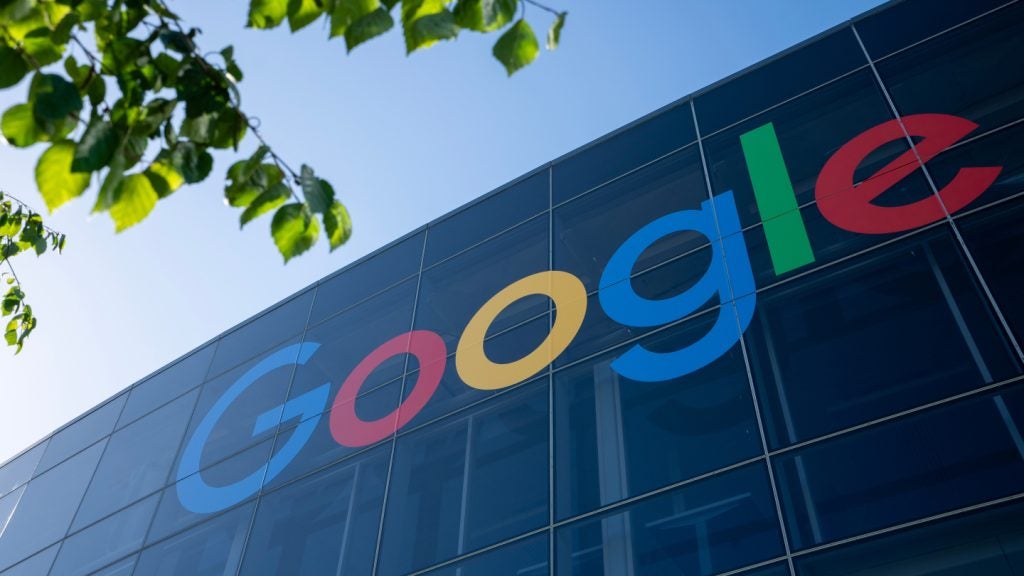NXP Semiconductors has filed a patent for a battery management circuit and method for mobile devices. The circuit includes a power supply input, a system supply output, a battery supply terminal, a battery charging circuit, a battery isolation circuit, and a switched capacitor DC-DC converter. The circuit is designed to step up the voltage during battery charging and step down the voltage during battery discharge. GlobalData’s report on NXP Semiconductors gives a 360-degree view of the company including its patenting strategy. Buy the report here.
According to GlobalData’s company profile on NXP Semiconductors, Quantum dot devices was a key innovation area identified from patents. NXP Semiconductors's grant share as of September 2023 was 64%. Grant share is based on the ratio of number of grants to total number of patents.
Battery management circuit for mobile devices with buck converter
A recently filed patent (Publication Number: US20230318340A9) describes a battery management circuit for mobile devices. The circuit includes a power supply input, a system supply output, and a battery supply terminal connected to a battery consisting of multiple cells. The circuit also features a battery charging circuit with a buck converter, a battery isolation circuit, and a switched capacitor DC-DC converter.
In the battery charge mode, the circuit controls the switched capacitor DC-DC converter to increase the buck converter output voltage by a step-up factor. In the battery discharge mode, the circuit controls the switched capacitor DC-DC converter to decrease the battery voltage by a step-down factor equal to the step-up factor.
The patent also describes the configuration of the DC-DC converter, which includes a controller and multiple MOS transistors arranged in series. The controller switches the transistors on and off during different phases of the DC-DC conversion cycle.
The battery management circuit can be used with batteries consisting of different numbers of cells. For example, if the battery has a series arrangement of n cells, the step-down and step-up factors will be n. Similarly, if the battery has a series arrangement of 2 cells, the step-down and step-up factors will be 2.
The circuit also includes a battery isolation circuit and a switched capacitor DC-DC converter arranged in series between the system supply output and the battery supply terminal. The battery isolation circuit, controlled by a MOS transistor, can isolate the battery from the buck converter output and regulate the charging current.
Additionally, the patent mentions the inclusion of a second charging circuit between the power supply input and the battery supply terminal. The circuit can control both the buck converter and the second charging circuit to charge the battery in the battery charge mode. The second charging circuit is designed to provide a higher charging current than the buck converter.
In summary, the patent describes a battery management circuit for mobile devices that efficiently controls the charging and discharging of batteries. The circuit includes a buck converter, a switched capacitor DC-DC converter, and a battery isolation circuit. It can be used with batteries consisting of different numbers of cells and provides flexibility in charging options.
To know more about GlobalData’s detailed insights on NXP Semiconductors, buy the report here.
Data Insights
From

The gold standard of business intelligence.
Blending expert knowledge with cutting-edge technology, GlobalData’s unrivalled proprietary data will enable you to decode what’s happening in your market. You can make better informed decisions and gain a future-proof advantage over your competitors.






